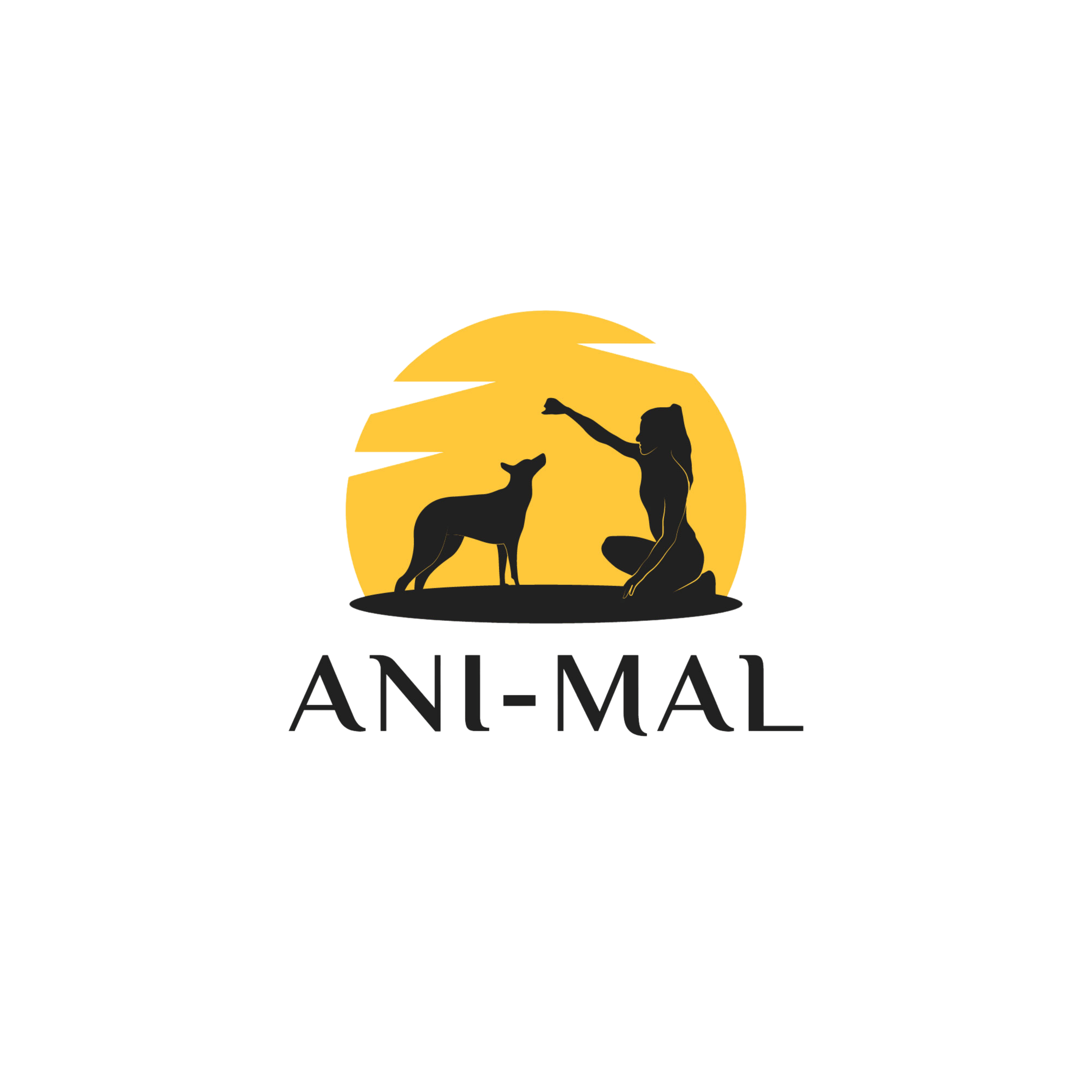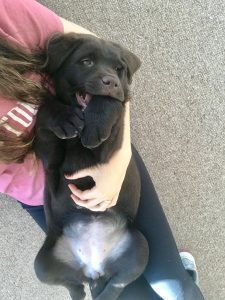
22 Jun What Equipment Do I Need?
One of the most important ‘pieces of equipment’ needed for class is arguably more of a tool but shall be included noneltheless. Creating drive and a willingness to work is important to any dog training session and one most have options on hand for creating this as the owners may not know how this is achieved themselves. What I mean to say here is that the trainer is best to have some high quality food rewards (not on their person- safely sealed and stashed away from the class
area), as well as some toys such as tug and ball toys. Often times I have come across instances where people are trying to get behaviours out of their dogs in high distraction environment using only the dogs usually food biscuit! It has to be explained and demonstrated to the owners that their dogs may work better using different food or even toys to motivate behaviour. Any allergies should of course first be noted and accounted for. Toys should be ranging from the standard tennis ball to the ‘indestructible’ type.
Another item I would include is a lead. A whole host of leads should be available in case one breaks, someone turns up to class without one or any other eventuality needs to be covered for. More sensitively debated methods of leash control such as prong collars, slip leads, choke chains and retractable leads should be dissuaded in the place of a flat collar and clip-on lead. Harnesses can be included also if and when appropriate. Along with this I would include other basics such as poo bags (to ensure any mess is immediately removed), a water bowl, pet first aid kit, and muzzles.
One item of equipment that I like to encourage use of is that of a place board. This is an elevated piece of fabric that is used to build an extended ‘sit and stay’. This is great in building up the dogs willpower and ability to stay engaged in high distraction enviroments. It also begins to teach owners the thinking behind release commands and the body language they will exhibit to enhance this stay. Here I like to proof the command by asking owners to break eye contact and turn around etc during the ‘place’ when the dog is at the appropriate level of obedience to more than likely succeed with this.
To use this equipment I would first ensure that the dog(s) is physical able to easily mount and dismount the board. One should take into account that forsome of the larger less agile breeds a down may be easier than a sit and can work this into the ‘place’ command accordingly. Equipment should be checked regularly after classes for any tears in the material or breakages.
Another piece of equipment I may use in a 1-2-1 setting if appropriate is a clicker. I like to use these for clients who are for whatever reason, unable to provide a consistent secondary reinforce (‘yes’ ‘good’ etc). For example, when a large family are all using different words to say good job to the dog, here I would ask them to maybe use clickers instead to teach and reinforce behaviours. In much the same way, I may apply whistles to these situations if the family is not using a consistent recall command.
Another piece of equipment I like to use is cones. These are used both to mark out the area for an exercise or in a scent trailing type of lesson. Firstly I find it helpful to teach loose lead walking by asking people to change pace anddifferent places as marked out by the cones, returning to the beginning of the exercise as soon as there is tension on the leash. I can also use these to create figure of eight set ups and many more walking exercises. Secondly the use of cones allows me to harness the dogs natural propencity to use there nose and work this into a training exercise. Here I get handler and dog to work together to find the food reward, effectively strengthening their relationship and showing them a great new game they can play together at home that will stimulate the brain of the dog.
To protect my personal safety as well as the safety of handlers in the class its important that everyone wear appropriate clothing. Dogs should be assessed before attending group classes and muzzled if appropriate. All dogs should be kept on lead unless given permission otherwise.



Sorry, the comment form is closed at this time.